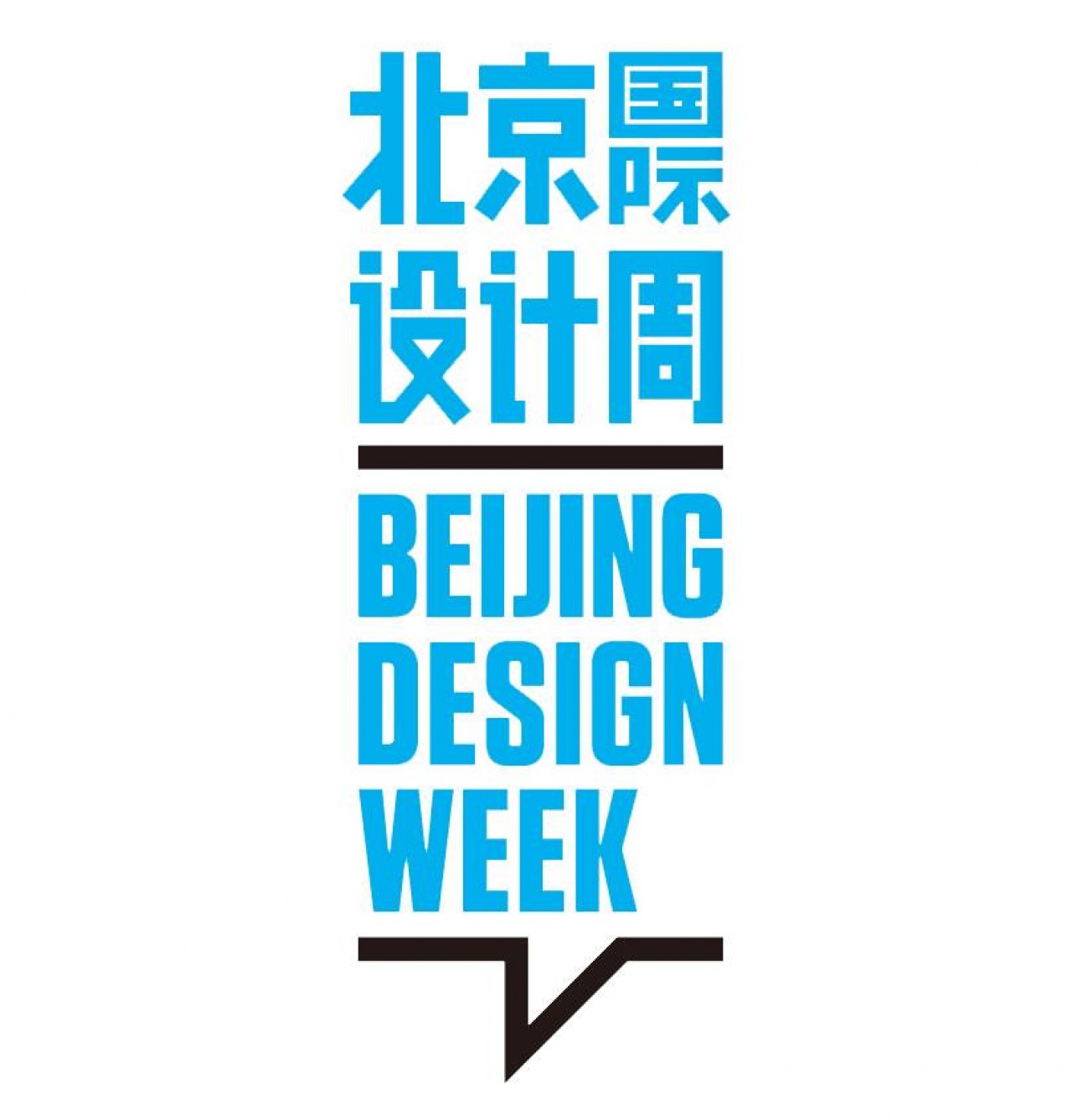Zeng Hui
Zeng Hui is the planning director of Bejing Design Week, a giant annual design event held in Beijing with the approval of the Party Central Committee and the State Council, which is cosponsored by the Ministry of Culture and Beijing Municipal Government. The Design Week is the largest in Asia. Educated at the Academy of Fine Arts Tsinghua University, Zeng Hui is–next to his position at Bejing Design Week–director of the Bejing Gehua Cultural and Creative Industry Center, executive director of magazine “Design”, as well as director of the National Center of Performing Arts. He was executive director of the cultural activities department of Beijing Organizing Committee for the Olympic Games.
www.bjdw.org/en/
The interview was conducted in March 2016. Ingo OffermannsIOmet with Zeng HuiZH in Beijing, China.
Introducing the cultural context
IoWhat do you consider to be the most inspiring place in Beijing?
ZHBeijing as a whole is a very inspiring place. As the place where different Chinese cultures meet, it has always been a very multicultural city. High culture and the culture of the people have always mixed here. Myself, I am especially fascinated by the culture of the people, as seen in the many alleyways, streets and hutongs – the original, narrow alleyways that hide a closely-woven fabric of houses or inner courtyards. Up-market restaurants, Western architecture, and traditional craft businesses can be found side-by-side here. Based on the idea that design and life are one and the same, in various design projects I have tried to work not only in but with the hutongs, investigating very everyday objects and actions, such as, for instance, rubbish bins, benches, or different forms of recycling. Traditional cultural practices such as the shadow-play take place within these projects, providing an opportunity to save them from being forgotten.
IOAnyone who gets to know China becomes aware of an enormous energy and fast pace that one would not encounter in Western culture. How does this rapid pace coexist with traditional Chinese values such as dignity or modesty?
ZHOver the past 30 years, the rapid pace of development has been tremendous, especially in the economic sense. This has certainly had a major effect on the transaction and valuing of monetary goods, but, fundamentally, it has not really changed much in people’s day-to-day lives. I think that this has led to a certain lack of consciousness of the quality of things, which has perhaps also led to a lack of quality of life for human beings. Awareness of this state of affairs, however, is growing, leading to a desire for better quality. This in turn influences design and the development of products, bringing about a new change in our lives.
IOWhat is your view on Chinese culture and the design scene? What is the value of creativity in society today?
ZHChina was formerly a land celebrated for its high culture; one only has to think of the Tang or Song dynasties. The Chinese culture of those eras was advanced and highly innovative. Unfortunately, this status has increasingly been lost in the modern age. Despite – or precisely because of – the fact that design develops in a very different way in different cultures, the design of the future will be highly diverse. Ultimately, it will take on very different forms, which will exist side-by-side and reunite in a new way, a very important and valuable process.
IOWhich Chinese values might we learn from?
ZHMany European designers, such as the Danish designer Hans Wegner, are inspired by old Chinese thought. One important aspect of this is not to regard individual persons as the centre of the world, but instead to focus on the balance of the world. Thus, nature in the abstract sense is considered on an equal footing with human beings. The harmony of things is a central thought! “Slow Living” is in principle a very old value, but in today’s society it is more relevant than ever. Design can make a significant contribution to anchoring these ideas more strongly in people’s lives.
Introducing the person
IOIs this a central theme of your work?
ZHYes, we hope and we wish to focus on reducing waste and on ecologically and environmentally friendly principles in design. This is the only way to change the design industry in China, because as the world’s factory we are still producing lots of waste and pollution.
IOSo do you believe that design plays an educational role for society?
ZHI am convinced that this educational character is indispensable for design. When one looks back over the past 30 years, one sees that design has contributed to vast amounts of waste, poor quality products, and financial waste. All of this could have been avoided through good design. Resource-saving design could change a great deal. Many people in leadership positions know nothing at all about design and its inherent potential. I think that there is plenty that could be done to change this. Design is a tool for creating a better life.
Working life
IOIs working in design a dream job?
ZHTo many people, graphic design would appear to be a dream job. In China, there are 500,000 young people wishing to study design annually – four times as many as in the USA. Statistically speaking, it is very much a dream job! I lecture at the Central Academy of Arts and Crafts, and in my lectures I always say that design is not about quantity and the volume of items produced or any such factor. Instead, it should be about the quality of the design. With a good understanding of design, you can take thoughts further and achieve far more for society.
IOHow do you develop ideas for the Beijing Design Week?
ZHA fundamental concept of the Beijing Design Week is that one must dissolve the different disciplines within design, in order to understand design as fundamentally a single unified whole. Only thus is it possible to understand that design is first and foremost about changing things. The improving or transforming of life through design is always a central theme. On that basis, there are always different areas of emphasis to explore. Design’s influence is not limited to specific areas of life. This acknowledged, there are many different areas of life in which design can play a role. For instance, one only has to think of rural life and its essential aspects, such as rural economy, the coal and metal industry, or tourism.
IOFrom where do you get feedback for your work?
ZHThere are two main channels. Design Week is financed by the state, which has its own evaluation methods. We ourselves always hold a conference for the subsequent discussion of the Design Week with specialists, professors, and designers. Feedback from voices in the traditional press is equally important. The manner in which we advertise is also of major significance, both for us and for how the Design Week is perceived. It provides an initial space within the public sphere in which to deal with themes that preoccupy us.
IOYour function means that you have plenty of influence on these things. From a designer’s perspective, it is very enviable, but what compromises do you have to accept?
ZHEvery profession involves compromises. You have to live with that. Given my leadership position, I primarily regard design from a perspective of what can be realised and implemented. Large-scale projects always represent a particular challenge for designers because of their complexity. In 2008, I was responsible for the corporate identity, planning, and implementation of the Olympic Games in Beijing. In the case of some projects, a lot of compromises have to be accepted, because location, time, and budget are always subject to certain restrictions. But where it comes to questions of aesthetics, I won’t compromise, because I consider them to be at the heart of the project.
IOIn Europe, designers often complain that they don’t earn enough. Is that the case in China too? Do designers really not earn enough?
ZHI think it’s the same everywhere, although things are even more precarious here in China. It is very difficult to make a living purely from design here. As yet, many people are not prepared to pay for design. Industries are beginning to understand that design can contribute to items selling better and to people being willing to pay more for them.
Attitude
IOIs there a graphic designer that you particularly admire, and, if so, why?
ZHChinese graphic design still has a lot of catching-up to do. In my opinion, there are not many good designers. A key aspect of design is its communication function – that of making a message understood using only a few words, for instance. Chinese design may look good in the broadest sense, but it does not communicate with people.
IOIs this because designers are working too much in an artistic, individualistic way?
ZHDesign is a very new concept in Chinese culture. Above all, this applies to the older designers that come from art academies, who has studied something different and don’t think in terms of design, but of (for instance) painting or drawing. Today, there are still not many design schools in China.
IOIs a high degree of individuality a problem in this respect? In Korea and Japan, for instance, serious tensions exist between collective culture and individualist thinking.
ZHIt certainly has something to do with this. The trend for designers to regard themselves as artists is paradoxical in the sense that, in focusing on their own individuality, they forget that they are actually supposed to be communicating for others. In the Asian context, the profession of artist has a far higher status than that of designer. Many people thus try to force their way into the higher position, resulting in the problem that people don’t create what they ought to create, but instead try to become something different.
IOIs craftsmanship highly valued in China?
ZHThe combining of craftsmanship and mass-production is one of my key themes. Traditional handcrafts represent social strata. Craft techniques and the eras from which they originate have retained a significance for the present day. The majority of traditional crafts were formerly reserved for decorative purposes, for the benefit of the upper echelons of society. What we expect from technique today differs from this mentality. How do a handmade chair and a mass-produced chair differ in their significance? I want to find out what we can learn from traditional craft work, and where the boundary lies between modern industry and traditional crafts.
IO Have you ever “lost faith” in your ideals?
ZHHaving doubts about one’s own actions is something that is unavoidable. I consider doubts to be a positive thing, since questioning a thought does not, fortunately, mean that one becomes unable to act; instead, in many respects it contributes to a greater awareness of what one is doing, enabling one to continue with a better understanding of the task. However, just as important as doubt is the belief in what one does. Without this, it remains trivial. Many, many Chinese designers have a great affinity with German design, because one can tell by looking at these objects that the designers believe in what they are doing.
IOI think that in Europe in general – and especially in Germany – the Eurocentric perspective has caused design to become somewhat stuck in its ways. Our project serves to move beyond this and overcome Eurocentrism in order to expand our ways of thought and language.
ZHThe project is very valuable. Different forms of design are like different languages. Although one may not understand the specifics of other languages, one does get a feeling for what is being expressed. Ultimately, design is concerned with life’s fundamental needs, things that every human being can understand.






